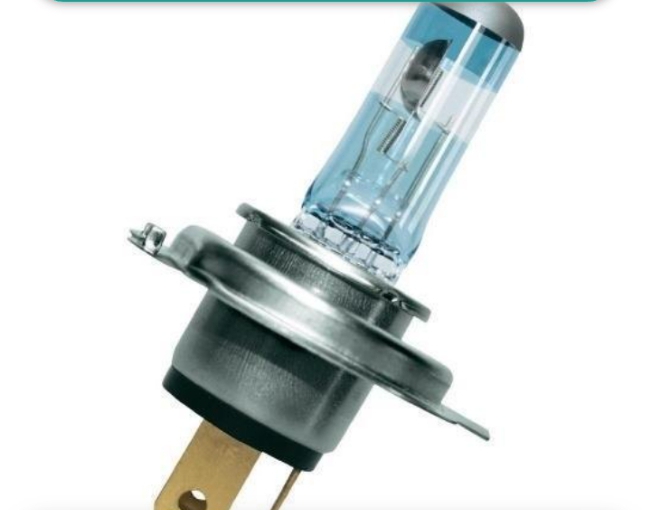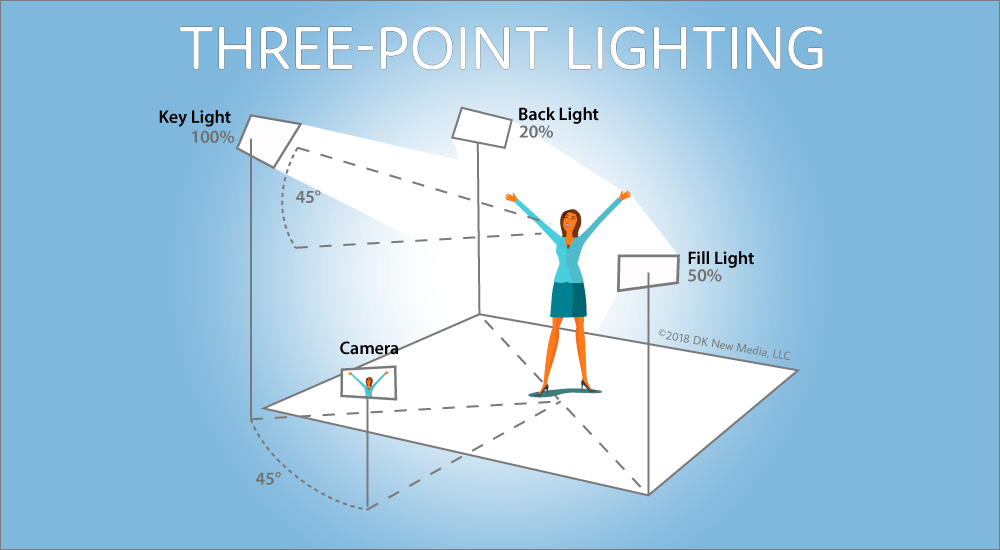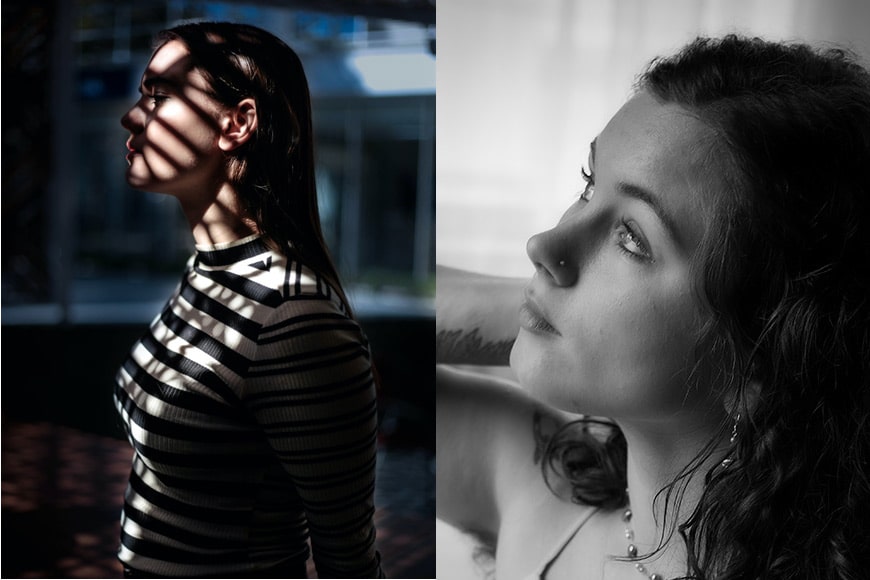A flag is a great instrument for controlling light used mostly in motion pictures and still photography. It is used to block, cut, and shape lights. Floppies are flags with an additional folding flap of soft cloth sewed to one edge, providing additional coverage. Flags are used on set to direct lights and minimize light spill from other fixtures. Also, it can be used to provide negative fill, and shield the camera lens from flares. Typically, flags are rectangular frames that can be attached to stands using mounting pegs. A standard flag is rectangular, rigid, and made of black, opaque material.

Flags come in several sizes and variations. We have both flags and floppies in 4′ and 3′ square sizes. We also have rectangular flags in 3’x2′, 30″x 36″, 24″x 30″, 18″x 24″, and 12″x 18″ to combine in whatever way works for you. We have Ultrabounce Floppies in 3×3 and 4×4, as well as Muslin Floppy 4×4.

Nets and silks also fall under the flag family and are used to soften and diffuse light rather than block or shape it. In addition to being a noun, “flag” can also be a verb, as in “can you flag off that light?” Meaning, “can you use a flag to block off that light.” Numerous specialized flags come in different shapes, include adjustable features such as a hinge, or serve alternative purposes such as non-black flags that reflect or bounce light rather than block it.

USES OF FLAGS/ FLOPPIES
1) To shape light
A flag proves to be an excellent light modifier useful on any set. One of its main functions is to fully block light, allowing for precise control over light shaping.
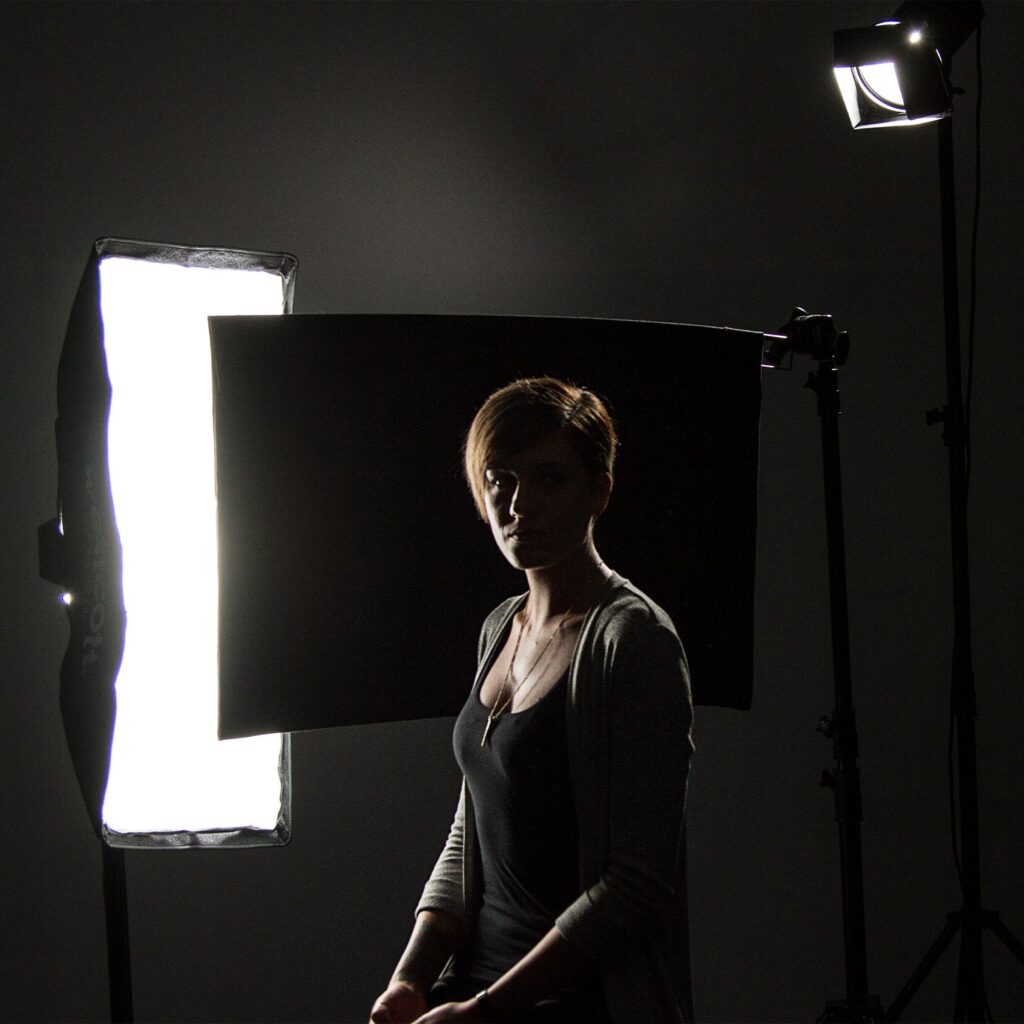
2) To eliminate light spill
Light spillage refers to the unintentional or excessive scattering of light beyond the intended area of illumination. This can occur when light spills onto areas of the set or actors where it is not desired, potentially affecting the mood, ambiance, or composition of the shot. A flag or floppy could come in handy as it simply blocks off unwanted light spillage.

3) To provide negative fill
A flag/floppy can be used to create a negative fill on set. A negative fill refers to the technique of using a non-reflective, light-absorbing material to reduce or eliminate light bounce or spill in a scene. Unlike positive fill (which adds light to reduce shadows), negative fill subtracts light to deepen shadows or create more contrast.

4) To eliminate light flare
A light flare can occur when unwanted light enters the camera lens and causes artifacts or reduces contrast. It can be caused by light sources outside the frame but still within the scene. Using flags to block these sources can prevent them from causing unwanted flares in the shot.
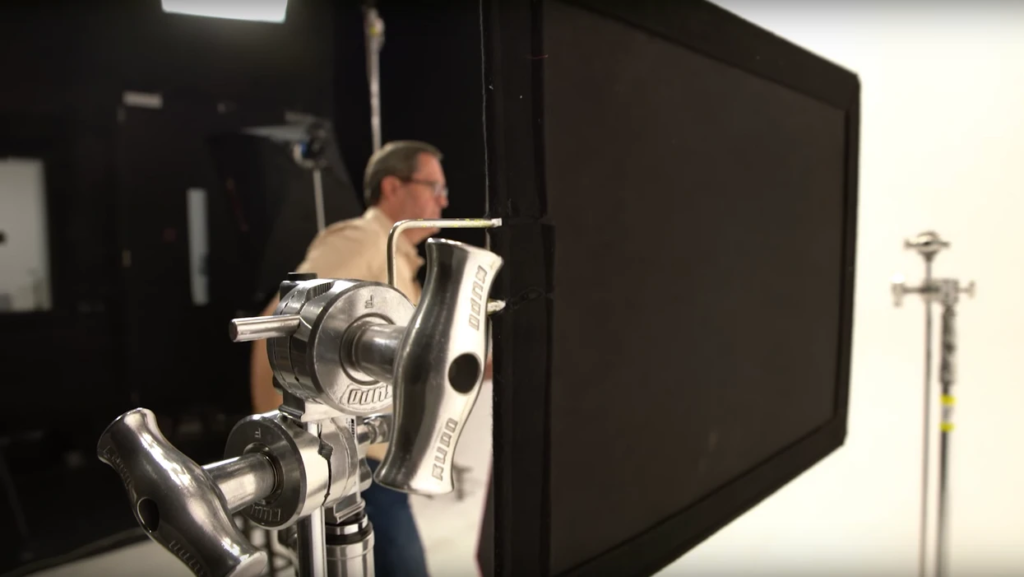
Both flags and floppies contribute significantly to achieving desired lighting effects, maintaining visual consistency, and enhancing the overall cinematographic quality of films. Their strategic use helps cinematographers and gaffers achieve their creative vision by controlling light effectively in various filming conditions. There are so many other ways one can use flags and floppies on a film set, you could let us know in the comment section.

